I bet that when you think of Florence, the first images that come to mind are those iconic ones of the Ponte Vecchio, the Duomo, the Giotto Campanile, and that’s fair, but this is not just a city of art; Florence is very lush! Did you know?
Here, there are places where the wind whispers through your hair, in large and fragrant gardens, while time seems to slow down.
The Botanical Gardens of Florence are spaces suspended between nature and history, where one can walk slowly, accompanied only by trees, flowers, statues, and the panoramas of the city.
Let's take a look together at the best gardens in Florence, Italy .

The Historic Gardens of Florence

So what are the best gardens to visit in Florence? The historic gardens of Florence are not just "public green spaces": they are parts of the city with a history, and there are several of them. There is the Boboli Garden, once a private park of the Medici, with statues, caves, and views, the Rose Garden, perfect at sunset, and the Iris Garden, open only a few weeks a year but unique in the world. Finally, there is the Villa Bardini Garden, less known, but with one of the best views of Florence. Why are they worth a visit? To see the city from another angle, to take a true break, and because, let's face it, even beauty needs space to breathe.
Explore Florence with Florence PassListen to the podcast version of the article with Monna Lisa and Leonardo's voices
Boboli Gardens: history, highlights and ticket information
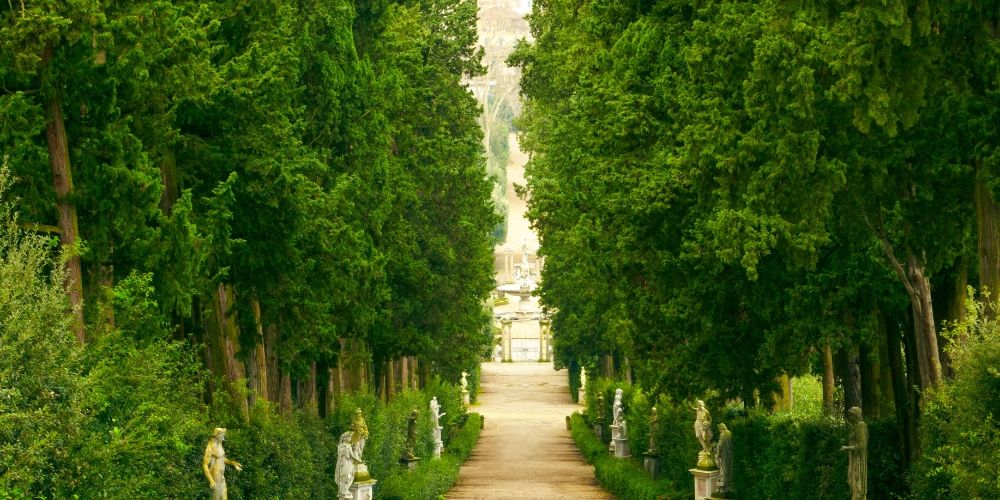
The Boboli Gardens in Florence, located behind Palazzo Pitti, are one of the most captivating examples of the Italian-style garden. More than just a park, they are an open-air museum, filled with sculptures, fountains, artificial grottoes, and breathtaking panoramic views.
Born in 1549 at the behest of Eleonora di Toledo, wife of Cosimo I de' Medici, they were designed by important architects, including Giorgio Vasari. The Medici were succeeded by the Lorena, who enlarged them and enhanced them with elegant Baroque elements.
Highlights of the Gardens include inside this garden:
The Amphitheatre and Obelisk: a dramatic space built over an old quarry, adorned with statues and an authentic Egyptian obelisk from Luxor.
Neptune Fountain: featuring the god of the sea holding a trident, symbolizing control over the waters.
Buontalenti Grotto: an elaborate, man-made cave decorated with stucco work and copies of Michelangelo’s sculptures.
The Kaffeehaus: a refined Rococo pavilion, once a scenic spot where nobles could enjoy coffee or hot chocolate with a view.
The Garden of the Knight: a flower-filled terrace overlooking Florence, accessed via a grand staircase.
The Boboli Gardens inspired many European parks, including Versailles, and are home to over 300 statues, mainly from the 16th to 18th centuries. In 2016, several scenes from the film Inferno, based on the novel by Dan Brown, were shot here.
A visit typically lasts 2 to 3 hours. Entry is through Palazzo Pitti and how much is the entrance to the Boboli Gardens? Varies depending on the season from 6 to 10 euros.
The Boboli Gardens are open daily, except on the first and last Monday of each month.
Visit Boboli Gardens with Florence PassBardini Garden: panoramic visits and artistic installations

Less crowded than the Boboli Gardens but equally enchanting, the Bardini Garden stretches along the hillside between the Arno River and Via de’ Bardi, offering some of the most breathtaking views of the city. After years of neglect, it was carefully restored and reopened to the public in 2005, becoming one of the city’s most beautiful and lesser-known gems.
Its main highlights include the baroque staircase, lined with statues and flowers, leading to a panoramic terrace with sweeping views of Santa Maria del Fiore, Palazzo Vecchio, and the Arno River; the wisteria pergola, which blooms in April, turning the path into a fragrant purple tunnel much loved by photographers and visitors alike; and the orchard and English-style garden, more informal than the baroque section, featuring a variety of plants and shaded spots for relaxing.
From every level of the garden, visitors can enjoy charming views of Florence, perfect for photos or a peaceful break. The garden also regularly hosts contemporary art exhibitions, temporary installations, and open-air cultural events.
Entrance is at Costa San Giorgio 2. The visit takes about 1 to 2 hours, and admission is included with the Boboli Gardens combined ticket, with the same opening hours.
Rose Garden and Iris Garden: Seasonal Attractions

The Rose Garden and the Iris Garden are two splendid oases of urban greenery located near Piazzale Michelangelo, offering spectacular views of the city, along with very special botanical collections. The first, created in 1865 by Giuseppe Poggi, a Florentine architect and urban planner, hosts about 350 beautiful varieties of roses, along with other ornamental plants, fruit trees, and even sculptures by Jean-Michel Folon.
It is the ideal place for a romantic stroll or to relax while admiring a magnificent view of Florence.
Entrance is free, accessible from Viale Giuseppe Poggi, 2, throughout the year.
The Iris Garden, dedicated to the flower symbol of Florence, was founded in 1954 on the occasion of the "International Iris Competition."
It contains thousands of varieties from all over the world and offers one of the most beautiful views of Florence, in a tranquil and fragrant setting.
It is free to access from Piazzale Michelangelo and is only open from the end of April to all of May.
Practical tips
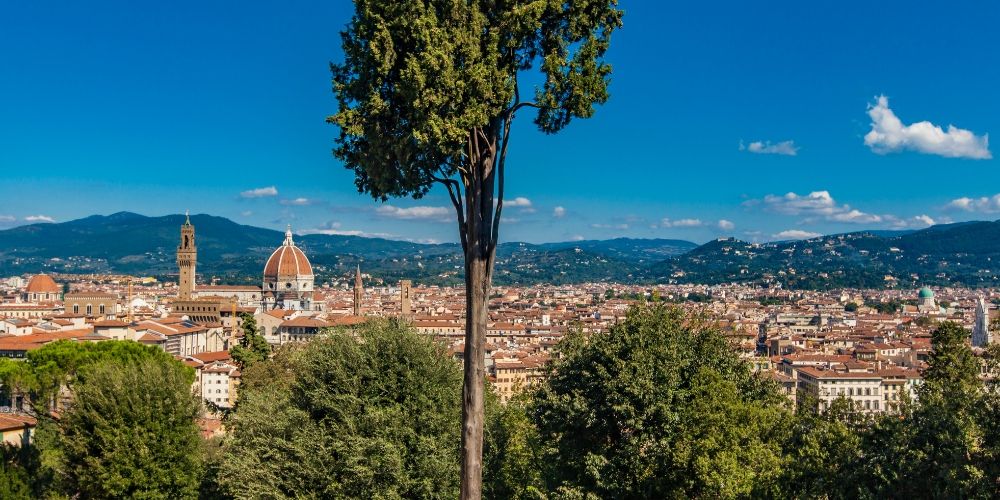
Visiting the historic gardens of Florence is an experience that deserves to be enjoyed slowly and with attention.
To make the most of your visit, the first tip is to go early in the morning or late in the afternoon, when the light is softer and the temperatures more pleasant, especially in the summer months.
Buy your tickets online in advance, especially for the paid gardens such as Boboli and Bardini, so you can avoid the lines.
Wear comfortable shoes, bring water, a hat, and sunscreen: many paths are long, uphill, or exposed to the sun.
Some gardens, like the Iris Garden, are open only at certain times of the year, so check the hours and seasonality beforehand.
If you have time, stop for a picnic or a scenic break: the Rose Garden, for example, is perfect for relaxing with a view of the city.
Don't forget your camera or a charged smartphone: the gardens of Florence offer enchanting views, ideal for memorable photographs.
The ideal is to combine the visit with nearby attractions, such as Piazzale Michelangelo or Palazzo Pitti, and above all to take the time to slow down your pace of life, so that you can observe everything without stress and let yourself be inspired by the beauty that surrounds you.
Are guided tours available for the gardens of Florence? When is it convenient to book a guided tour of the gardens of Florence? Yes, guided tours are available and they are suitable for you if you love history and want to deepen your understanding. In fact, in gardens like Boboli or Bardini, there are many historical, symbolic, and artistic references that go unnoticed without a guide.
Moreover, if you have little time, a guide helps you see the best without getting lost, optimizing the route and saving time.
It is not strictly necessary instead: For smaller and more relaxing gardens like the Rose Garden or the Iris Garden, which can be easily visited independently, especially if you prefer to stroll calmly, read the informative panels, and enjoy the environment in a more personal and spontaneous way.
Conclusions: how to choose the right garden for your visit
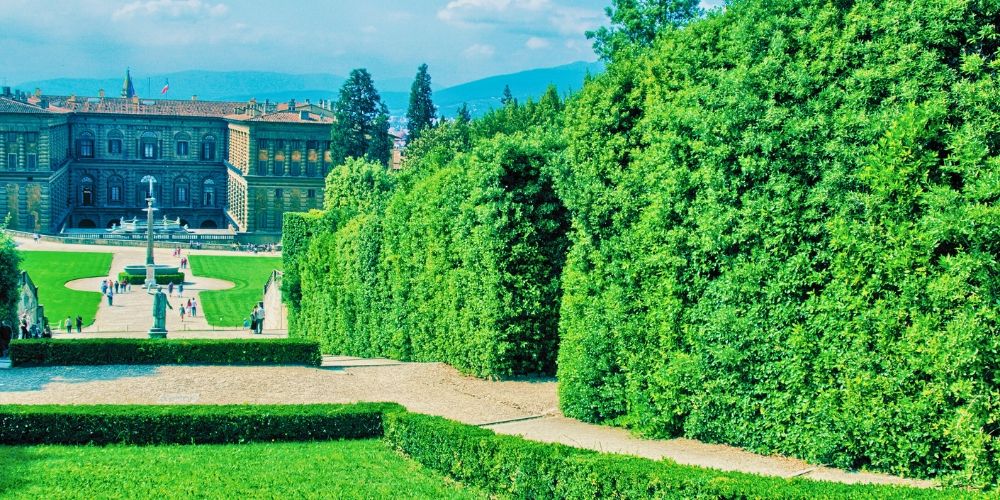
Florence offers a wide variety of gardens, each with its own unique history, atmosphere, and character. Here’s how to choose the right one for your visit, depending on your interests and the time you have available.
If you love history, art, and elegance, then the Boboli Gardens are the perfect choice. With grand avenues, dramatic fountains, sculptures, grottoes, and sweeping views of the city, it’s ideal for those seeking Renaissance art in an open-air setting. Admission is ticketed and included with entry to the Pitti Palace.
Another great option is the Bardini Garden. Less crowded than Boboli, it offers breathtaking views of Florence and is especially stunning in spring when the wisteria is in bloom. The atmosphere here is peaceful and romantic—perfect for a leisurely visit. Entry is also ticketed and included with the Boboli ticket.
If you’re drawn to tranquility and nature, the Rose Garden is an ideal stop. It’s free to enter and offers a panoramic setting just below Piazzale Michelangelo. Blooming from April to June, the roses are accompanied by modern sculptures by Folon, making it a great spot for a picnic or a relaxing break.
Finally, there's the Iris Garden, open only in May and dedicated to Florence’s symbolic flower. With a serene and fragrant setting, it’s a hidden gem for photographers and plant lovers alike. Admission is free, though the garden remains relatively unknown to most visitors.
About the author
Written on 12/06/2025

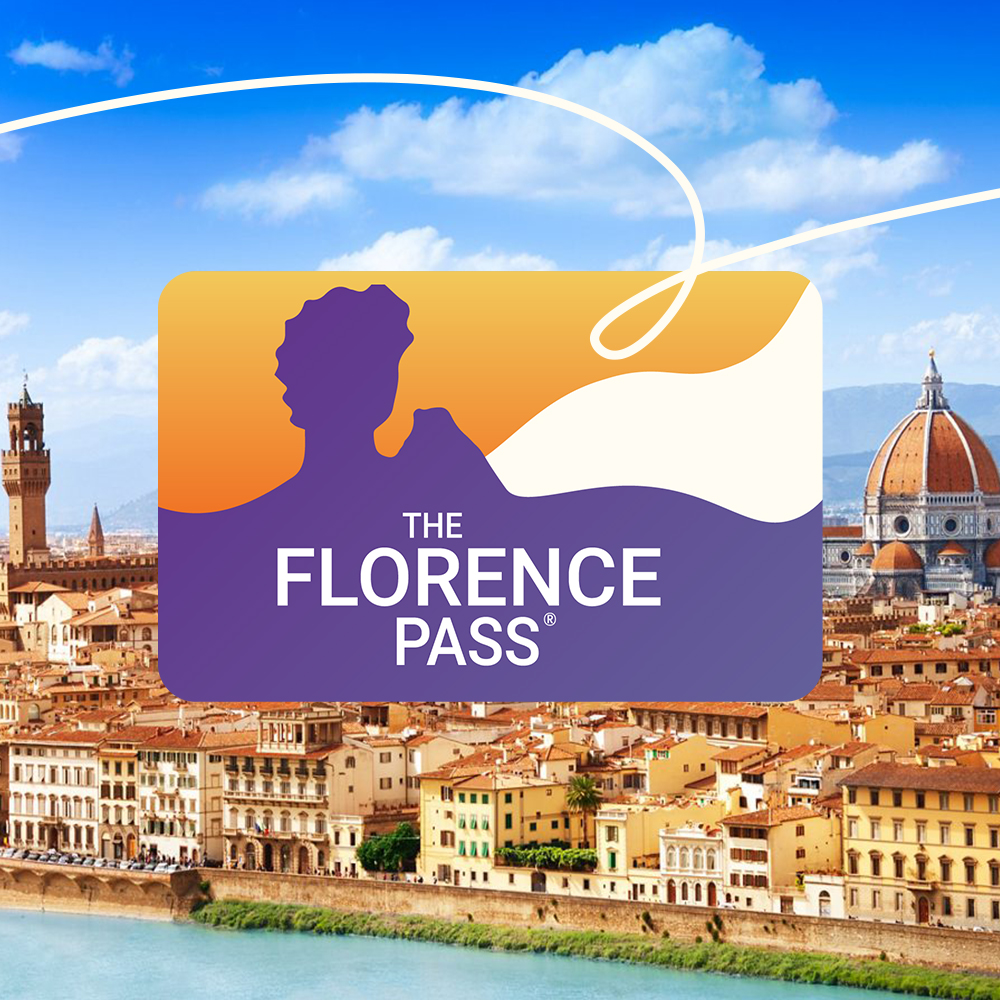
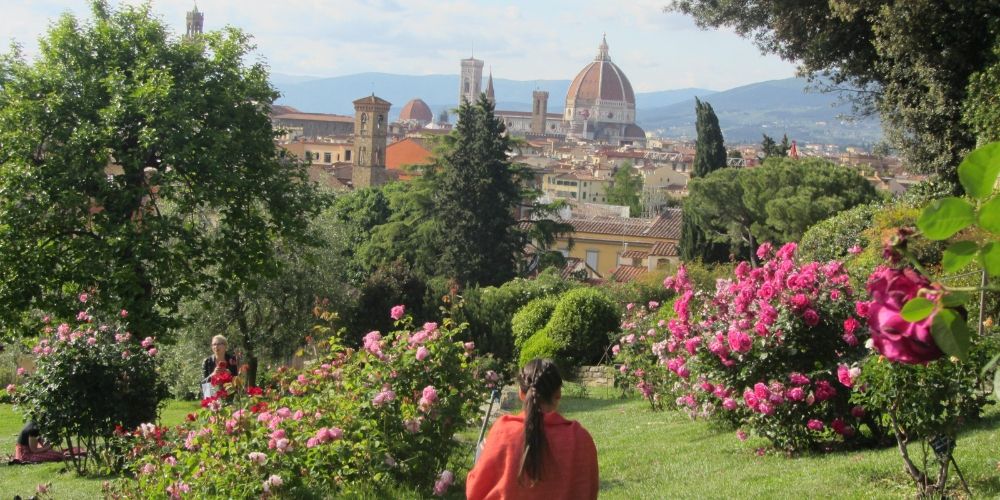

Giacinta Navarra
Do you think Florence is only art and museums? Explore with us, its most beautiful gardens and enjoy a green escape in the heart of the city!